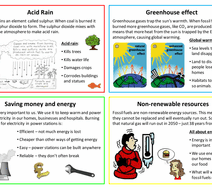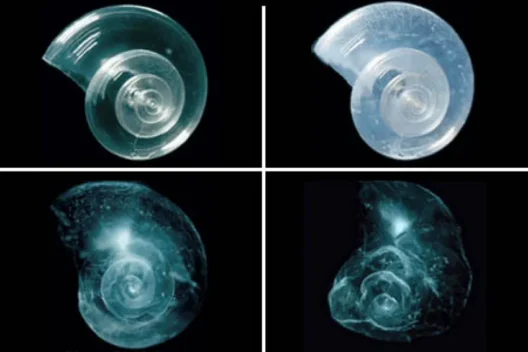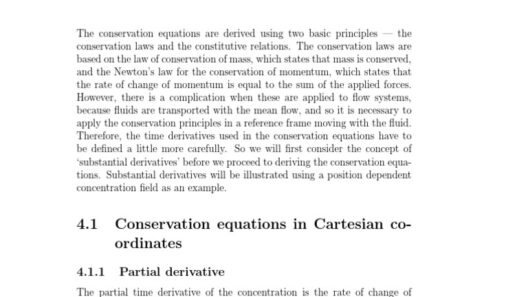In the realm of thermodynamics, one foundational principle stands out: the conservation of energy. This principle asserts that in an isolated system, the total energy remains constant over time. However, a deeper exploration reveals the complexities inherent in the concept of a closed system, raising the question: Is total energy always conserved in a closed system? The answer lies not only in the laws of physics but also in how we define and understand energy itself.
To comprehend energy conservation within a closed system, it is vital to first delineate what a closed system is. A closed system is one where no matter enters or exits, although energy can be exchanged with the surroundings. This distinction is crucial. Imagine a thermos containing hot coffee; while the liquid remains intact, heat may be lost to the environment over time. The energy within the system can dissipate, posing a pivotal challenge in adhering strictly to conservation principles.
The first law of thermodynamics, often referred to as the law of energy conservation, explicitly states that the total energy of a closed system remains constant. Energy can transform from one form to another – for example, potential energy can convert to kinetic energy – but the total summation of energy types remains unchanged. However, this does not imply that all energy is perpetually accessible or in usable forms. Entropy, the measure of disorder or randomness in a system, plays an integral role in this narrative, as energy transitions often lead to an increase in entropy, indicating that some energy becomes less available for doing work.
Consider a classic example: a pendulum. At the pinnacle of its swing, the pendulum possesses maximum potential energy. As it descends, this energy is converted to kinetic energy. At the lowest point of the swing, kinetic energy is maximized, and potential energy is minimized. Here, energy transformation exemplifies conservation; yet, as the pendulum continues to swing, frictional forces and air resistance contribute to energy dissipation as thermal energy, an illustration of how energy can become non-utilizable over continuous interactions with the environment.
As we delve deeper into energy conservation in closed systems, the role of heat transfer emerges as a pivotal factor. Heat, a form of energy in transit, can escape a closed system through conduction, convection, or radiation. In scenarios where heat escapes, it is evident that some forms of energy are no longer retained, leading one to ponder: if energy is escaping, can we still argue that it is conserved? The crux lies in recognizing that while the total energy in its various forms remains balanced, the capacity for work diminishes due to the irreversibility of certain processes influenced by entropy.
Furthermore, thermodynamic cycles, such as the Carnot cycle, illustrate the limitations of energy conservation. These theoretical models showcase how work can be derived from heat energy, yet suggest that not all energy transferred can be converted back into useful work due to irretrievable losses in heat. Thus, although the energy in a closed system may remain conserved, its availability for work diminishes, revealing a crucial distinction in practical application.
It is also pertinent to examine energy conservation from the perspective of external influences. While closed systems are defined by their isolation from matter transfer, they are not immune to external forces or influences that may affect energy states. For instance, external magnetic or gravitational fields can manifest physical changes impacting energy dynamics. Thus, while matter remains constant, external energy influences redefine the accessibility and usability of the existing energy within the system.
In light of these considerations, a paradigm shift becomes necessary when discussing total energy conservation in closed systems. It is essential to distinguish between mere existence and the functional capacity of energy forms. Energy, while conserved in aggregate, may undergo transformations that render it unusable, emphasizing the crucial role of entropy and external multifactorial influences.
As we engage with this understanding, particularly in the context of environmental stewardship, the implications of energy conservation on resource utilization stand paramount. A holistic view encourages us to explore sustainable practices that not only recognize the conservation of energy but also advocate for its efficient and judicious use. By acknowledging that energy can be plentiful yet still unavailable for work, we can cultivate more prudent energy policies that prioritize not only conservation but also restoration of energy systems.
Ultimately, these explorations prompt us to question traditional paradigms surrounding energy. It is essential to engage with the intricate dance between conservation, entropy, and usable energy forms. Hence, one might conclude: while total energy may remain conserved in a theoretical sense within a closed system, the quest to understand energy’s transformation and the impact of entropy leads us into a nuanced landscape of energy utilization, conservation, and the quest for sustainability. The journey does not merely lie in retaining energy but in mastering its applications within the confines of our environmental reality.








